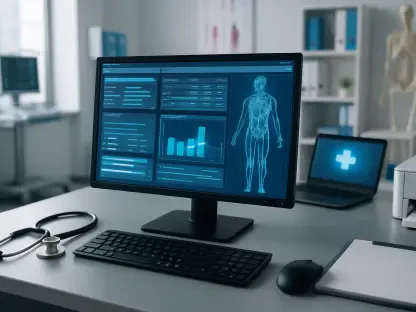In the ever-evolving landscape of healthcare, shifts in practice patterns frequently signal broader changes in the industry. A striking trend observed within the last decade is the significant consolidation of radiology practices. A study by the Harvey L. Neiman Health Policy Institute, analyzing data from the Centers for Medicare and Medicaid Services from 2014 to 2023, shines a light on this phenomenon. The research uncovered a 14.7% reduction in the total number of medical practices featuring radiologists, a dip from 5,059 to 4,313. Interestingly, while there are fewer practices, the tally of radiologists swelled by 17.3%, culminating in 36,024 professionals in the field.This pattern of consolidation is unfolding along two lines of practice affiliations. On the one hand, radiology-only practices are declining—having waned by 12.8%. In stark contrast, radiologists teaming up with multi-specialty practices are on a notable rise, climbing by an impressive 47%. The driving forces behind this wave of mergers and expansions are multifaceted. Legislations such as the Affordable Care Act, the Medicare Access and CHIP Reauthorization Act, and the No Surprises Act appear to incentivize this growth, lending a competitive advantage to larger groups by distributing costs more effectively.









